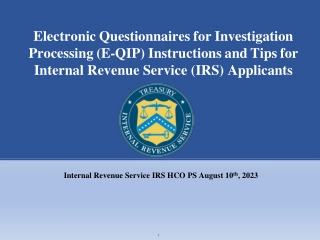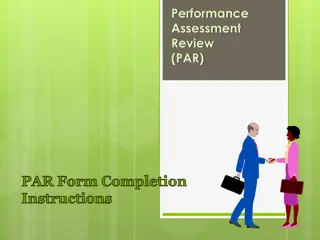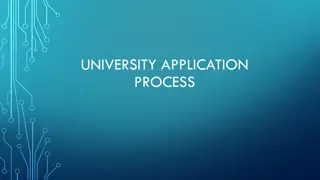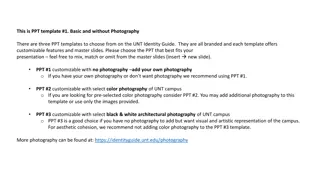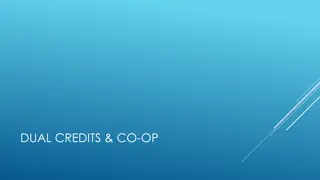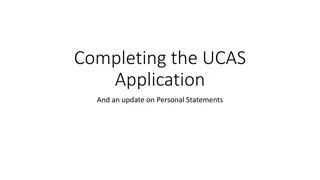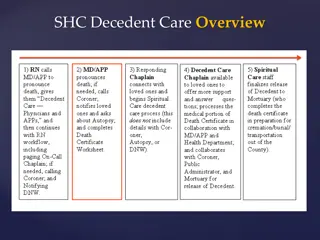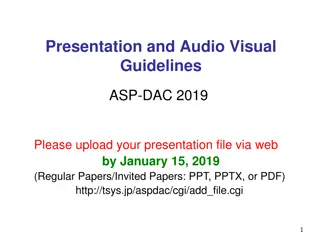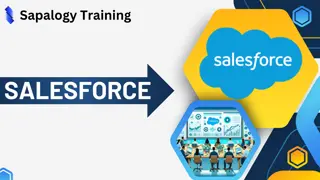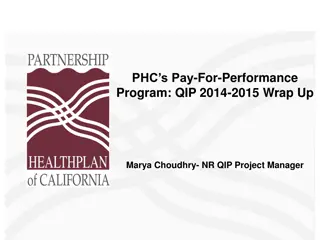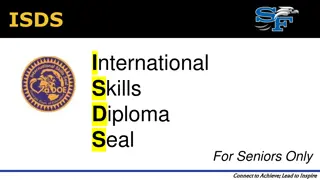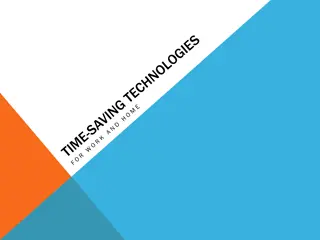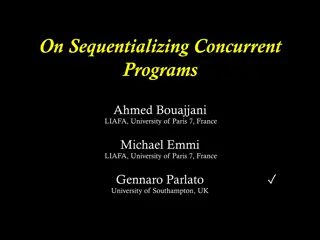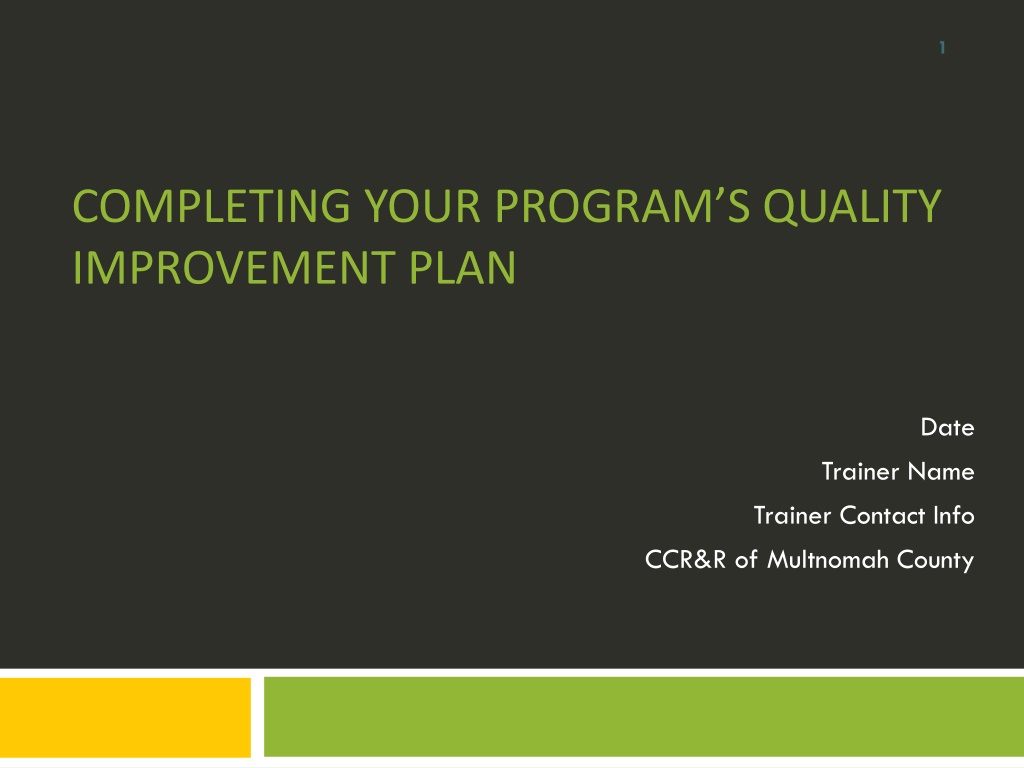
Quality Improvement Plan for Early Childhood Programs in Multnomah County
Enhance your early childhood program through goal setting, exploring resources, understanding QRIS standards, and developing a Quality Improvement Plan. Engage in reflection, interactive learning, and discussions to elevate the quality of your program.
Download Presentation

Please find below an Image/Link to download the presentation.
The content on the website is provided AS IS for your information and personal use only. It may not be sold, licensed, or shared on other websites without obtaining consent from the author. Download presentation by click this link. If you encounter any issues during the download, it is possible that the publisher has removed the file from their server.
E N D
Presentation Transcript
1 COMPLETING YOUR PROGRAM S QUALITY IMPROVEMENT PLAN Date Trainer Name Trainer Contact Info CCR&R of Multnomah County
Session Outcome and Objectives 2 Apply goal setting techniques to fit the needs of your program Explore the resources available to help you implement quality improvement Examine key standards in the QRIS and determine which star level seems right for your program Cultivate your community of practice Gain the knowledge and tools needed to complete and effectively use your program s Quality Improvement Plan Complete your QIP, share it with CCR&R staff, and submit it to TRI Examine the role your QIP plays in the process of increasing quality through the QRIS
Reflection 3 Find someone you don t already know well. Talk together about your current level of understanding and progress with the QRIS. For example: Do you know where to start? Are you feeling confident or overwhelmed? Do you feel that you have time for it? Do you know what to do next?
Getting to know the standards 4 Find the domains and standards placed in an envelope on your table. Work together as a team. Can you group the standards together under the correct domain? This is a cooperative game have fun!
Discussion 5 Are there any standards that surprised you? What do you already meet? Which standards appear easier to meet? What sounds most challenging?
Learning & Development 6 1. The program is guided by a written statement of philosophy. 2. The program uses a curriculum that supports all children s learning and development. 3. The program provides an appropriate indoor environment that supports children s learning and development and is accessible to all children enrolled in the program.
Learning & Development 7 4. The program provides appropriate indoor furnishings that support children s learning and development. 5. The program provides appropriate and well- maintained outdoor gross motor area with equipment. 6. The program uses materials that support children s learning and development.
Learning & Development 8 7. The program uses planned curriculum activities that support children s learning and development. 8. The program uses daily routines that support children s learning and development. 9. The program uses information from screening and assessment to measure children s learning and development in order to make referrals and do program planning.
Learning & Development 9 10. Group size, child-staff ratios, and staffing patterns are appropriate for the children s age and positively affect children s emotional development, cognitive development, safety, and health. 11. The program facilitates and supports appropriate adult-child interactions in the areas of social and emotional support, organization and management of children s behavior, and instructional support. 12. The program facilitates and supports children s positive social and emotional development.
Health & Safety 10 1. Children are provided instruction and support to independently manage health and hygiene practices. 2. Children are provided instruction and support on safety rules and expectations. 3. Healthy eating habits are supported and encouraged.
Health & Safety 11 4. Healthy fitness habits are supported and encouraged. 5. Program personnel collaborate with health and related service professionals to address the individual health needs of children as applicable. 6. Program uses screen time appropriately. Screen time includes all electronic media such as television, video/DVD, electronic games, computers, tablets, smart phones, or any other screened electronic devices.
Personnel Qualifications 12 1. The program s leader is presently qualified through education, training, and experience. 2. The program s head teacher(s) and teacher(s) are presently qualified to serve in their positions through education, training, and experience. (N/A not applicable to Family Child Care) 3. The program s aide II(s) are presently qualified to serve in their positions through education, training, and experience.
Personnel Qualifications 13 4. Program personnel continue to advance their knowledge and skills through participation in training and/or college course credits annually that are part of a professional development plan that will lead to advancement up to Step 10 on the Oregon Registry. 5. Program personnel are trained in ethics, professional responsibility, and maintaining confidentiality.
Family Partnerships 14 1. The program uses family input and feedback to guide program planning and policy decisions. 2. The program meets the individual needs of children through mutually respectful, two-way communication with families. 3. Families are encouraged to be regular and frequent participants in the program. 4. The program provides support and information to assist families in meeting their child s needs and goals.
Administration & Business Practices 15 1. The program follows sound business practices, policies, and procedures that support financial sustainability. 2. The program assures a professional working climate. (N/A for programs without multiple staff) 3. Personnel are evaluated on their performance. 4. The program promotes positive working relationships and professionalism. (N/A for programs without multiple staff)
Administration & Business Practices 16 5. A comprehensive program evaluation process is developed and performed on an annual basis. The evaluation examines the program s policies and procedures, care and education environment, curriculum, and administration and business practices. 6. Benefits are offered to encourage retention.
Using the QIP 17 The Quality Improvement Plan is designed to be a dynamic, evolving document use it to guide your quality improvement work.
SMART Goal Setting Clearly state your goals Identify the main tasks needed to accomplish the goal and who is responsible for the task Resources needed to accomplish the goal -- Are the resources targeted to support your plans?
SMART Goal Setting Develop completion dates and timelines for implementation Monitor the progress of your action plan Build on the success of your action plan Reassess when obstacles and setbacks occur Keep in mind -- it is highly recommended you adopt a collaborative approach to the development of your plan. Wherever possible, involve families, education, staff and children s needs.
SMART Goal Setting Specific Measurable Accountable Resources needed Time bound
Lets practice 24 Large Group Standard LD9 Small Groups Standards LD8, HS1, PQ4, FP1, AB5
Discussion 25 How will you meet your goals? What do you need? Resources Assistance Training Purchases What else?
Developing communities of practice 26 What can we do to support one another? Through the QRIS process In other professional areas
Portfolio Completion Classes 28 Health and Safety Standards July 21st Writing a Philosophy Statement August 18th
Questions? 29
30 Closing thoughts Evaluations THANK YOU, AND GOOD LUCK!

